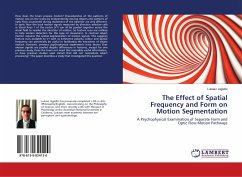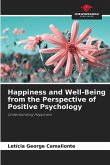Design, in its various fields, is an agent that generates continuous needs. It is responsible for causing the desire to buy, and this is done mainly by displaying its products in shop windows. But a display can also be considered a design product because, in order to attract the consumer's attention and arouse (visual) pleasure, it uses strategies that involve elements of perception and emotion. Lights, colours, shapes, three-dimensional elements stage social, economic and cultural values and this provokes a mixture of feelings in the observer. However, the emotional responses that occur in front of a shop window are not known by designers, nor are the elements of the shop window that provoke these affective returns. Are they the elements of perception or the objects on display? Would there be changes in these responses when placing an object of possible emotional displeasure? Questioning a consumer about a product can put them in an uncomfortable situation and their answer wouldnot be true. Therefore, this research aims to understand the emotional responses of window observers, through observational methodology, and thus corroborate design and its various fields.
Bitte wählen Sie Ihr Anliegen aus.
Rechnungen
Retourenschein anfordern
Bestellstatus
Storno








